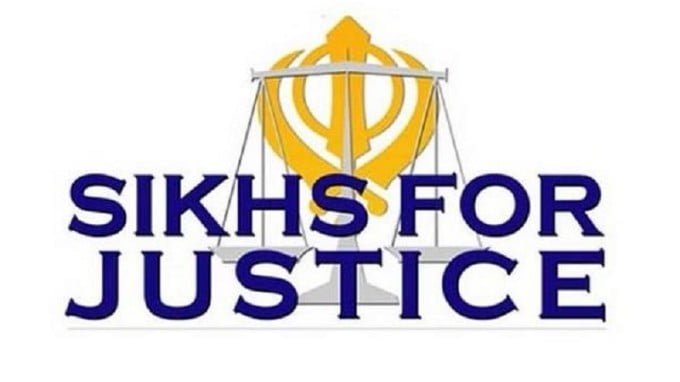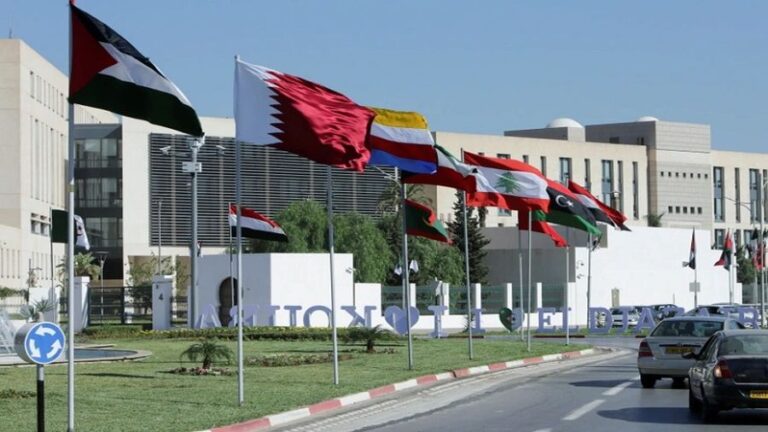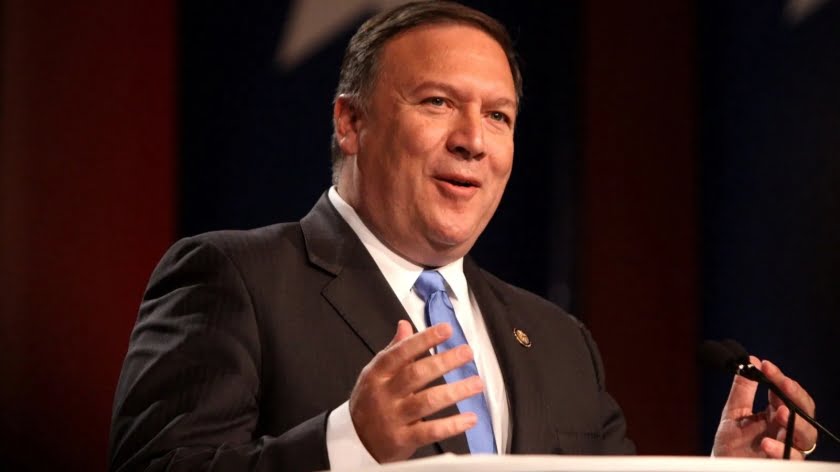India & Pakistan Are Powerfully Shaping the Contours of the New Cold War
South Asia has suddenly become the focal point of the New Cold War in the sense that its two most powerful countries are shaping some of its most important contours due to their respective policies towards Russia. Most observers haven’t yet become aware of these grand strategic dynamics, but they’ll inevitably realize their importance sooner than later.
One of the most globally impactful outcomes of Russia’s ongoing special military operation in Ukraine is India’s emergence as that country’s indispensable valve from Western pressure. This South Asian state practices a policy of principled neutrality by refusing to vote against its half-century-long special and privileged strategic partner at the UN. In accordance with that, it pioneered a rupee-ruble mechanism for continuing bilateral trade, which has taken the form of purchasing discounted oil, coal, and coking coal for steel. Military-technical equipment such as the S-400 anti-air systems continue to be received from India’s top supplier and New Delhi is planning to export more agricultural and pharmaceutical products to Russia via the North-South Transport Corridor (NSTC) through their mutual Iranian partner in order to help that Great Power meet its people’s relevant needs amidst the US-led Western sanctions.
It’s therefore without exaggeration that one can objectively conclude that India has become Russia’s top ally anywhere across the world right now, far surpassing even China, which hasn’t proven to be as indispensable of a valve from Western pressure although it nevertheless still functions as one in its own important way. This development has truly had a global impact since it’s averted Russia’s potentially disproportionate dependence on China that many earlier expected would be a fait accompli from this conflict. The geostrategic consequence of this happening is tremendous since it’s directly led to the emergence of a third pole of influence in the increasingly bi-multipolar world order that’s come to largely be defined in one way or another by the global competition between the American and Chinese superpowers. This in turn perfectly aligns with Russia and India’s shared “Neo-NAM” vision.
That concept refers to their efforts to assemble a new Non-Aligned Movement for breaking through the global systemic transition’s current bi-multipolar phase and thus accelerating its ultimate evolution towards multipolarity. Iran has come to play a key role in this process by virtue of its geographic position in facilitating Russian-India trade through the NSTC and also enabling India to enter Central Asia from where Russia expects it to balance Chinese influence in a friendly, gentle, and non-hostile way. In exchange, India is expected to facilitate Russia’s return to South Asia by opening up doors in those surrounding countries that are considered to be close to it. Geostrategically, their emerging Neo-NAM cuts right through the center of Eurasia and connects the Arctic Ocean with the Indian Ocean in addition to being between the US’ sphere of influence in Western Eurasia (EU) and China in Eastern Eurasia.
Furthermore, Iran’s crucial inclusion in this emerging network means that it’s also part of Russia’s “Ummah Pivot” towards the majority-Muslim countries beyond its southern border that Moscow’s been pursuing since its anti-terrorist intervention in Syria in 2015 and related attempts to become the regional diplomatic kingmaker through its irreplaceable role in determining that proxy conflict’s outcome. Russia’s rapid rapprochement with Pakistan in recent years was expected to enable Moscow to maintain a balance between New Delhi and Tehran within its Greater Eurasian Partnership (GEP), which refers to the Kremlin’s grand strategy for connecting the supercontinent throughout the 21st century and within which its complementary Neo-NAM and Ummah Pivot are unfolding. Be that as it may, these strategic calculations might change somewhat in light of recent events in that country.
The ouster of former Prime Minister Imran Khan, which he’s described as a US-orchestrated regime change against him despite the Establishment-backed new coalition authorities insisting that it was a constitutional and purely domestic political process, has prompted speculation that the country might begin recalibrating its own Eurasian balancing act by improving ties with the US. The imperatives, variables, and consequences of that happening were described in detail in the preceding hyperlink and should be read in full by those who are interested in learning more about this scenario. Its relevance to the present analysis is that Pakistan’s new coalition authorities might slow down the pace of their country’s rapid rapprochement with Russia, whether on their own prerogative or under US pressure, as part of their expected attempts to improve their troubled ties with the US.
Should that happen, then Pakistan would no longer fulfill the balancing role that it’s played up until this point in Russia’s GEP, which would by default improve the importance of India and Iran within its 21st-century grand strategy. The pertinent individuals responsible for Islamabad’s policy formulations would therefore do well to consider whether that expected outcome is to their liking or not. To be absolutely clear, any potentially greater role that India and/or Iran play in Russia’s GEP wouldn’t be to the detriment of Pakistan per se but some within the country might nevertheless perceive it as such considering how sensitive their relations with those two neighboring countries are. They’ll have to deliberate the pros and cons from their perspective of potentially slowing down the pace of their rapid rapprochement with Russia as a speculative quid pro quo for improving ties with the US.
The larger trend at play is that India and Pakistan are playing major roles in reshaping the global balance of influence in the New Cold War. The first-mentioned came to Russia’s rescue by becoming its indispensable valve from Western pressure and therefore greatly accelerating the development of their shared Neo-NAM vision by ensuring that their mutual Iranian partner is front and center within this emerging network. Pakistan’s recent change of government, meanwhile, came as a surprise to everyone, including Russia, which had expected it to continue functioning as a means of ensuring balance between India and Iran within its GEP. It can no longer be taken for granted that Islamabad will play such a role after speculation that its new coalition authorities intend to improve ties with the US and might potentially do so by slowing down the pace of their rapprochement with Russia.
What all of this suggests is that South Asia has suddenly become the focal point of the New Cold War in the sense that its two most powerful countries are shaping some of its most important contours due to their respective policies towards Russia. India’s is set in stone and unlikely to change in any negative way while Pakistan’s is suddenly up in the air after its unexpected change of government that was carried out within a very scandalous domestic and international context considering former Prime Minister Khan’s dramatic accusations. This uncertainly has also created strategic opportunities for the US within the region as well, particularly with respect to its effort to reassert its declining influence there by attempting to once again divide and rule India and Pakistan. Most observers haven’t yet become aware of these grand strategic dynamics, but they’ll inevitably realize their importance sooner than later.







